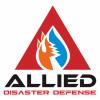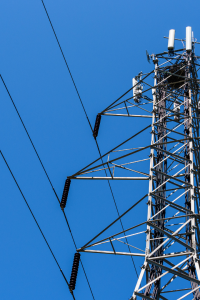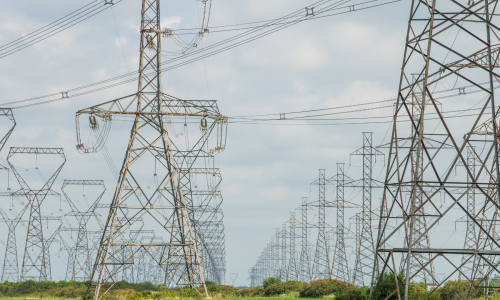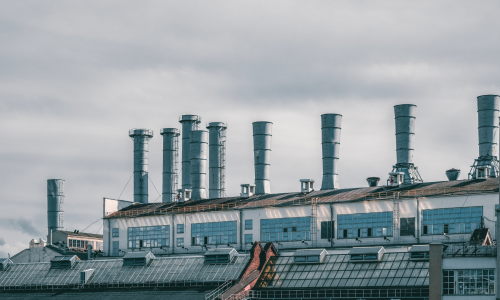Wildfires are Costing Utility Companies Billions of Dollars in Liability and Damages
Six of the ten most damaging fires in California’s history have occurred in the last year and a half. Many variables contributed to the severity and scope of the damage, which resulted in the destruction of nearly 30,000 structures in just six fires. Over the last few decades, the number of people living in fire-prone areas where municipalities meet nature has risen substantially. Due to more extreme weather occurrences and poor forest management, the amount of potential fuel in California’s woods has also increased.
The 2018 Camp Fire in Paradise, which destroyed almost 19,000 structures and killed 86 people, was started by Pacific Gas and Electric (PG&E) equipment, according to investigations by the California Department of Forestry and Fire Protection (CalFire). According to PG&E, the company might be liable for up to $15 billion in damages as a result of the incident. The company estimates that it will be hit with a charge of more than $6 billion this year alone to cover the costs of deadly fires in 2017 and 2018, more stringent electrical equipment inspections, and customer credits for recent blackouts aimed to avoid new blazes.
According to a filing with regulators, PG&E also logged a $2.5 billion settlement with insurance carriers for the 2017 and 2018 wildfires, bringing its total charges for the disasters during those years to $20 billion.
Another utility company giant, Southern California Edison has agreed to pay $2.2 billion in insurance claims related to a wildfire that was started by its equipment in 2018.








